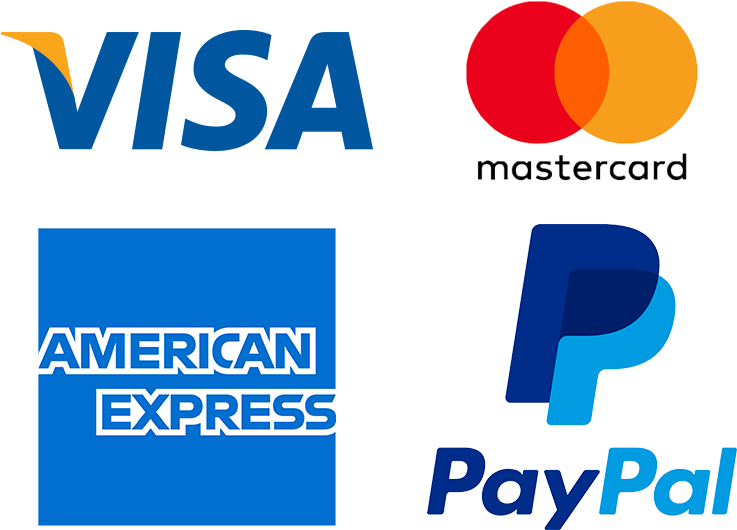Organizational design is how a business organizes its assets, such as its employees, products, processes, and technology, to meet its objectives. It involves laying out a system of roles and responsibilities inside a company, determining how those roles and responsibilities should interact and how decisions should be made, and outlining how the company should be divided into teams and departments.
Organizational structure
A company’s organizational structure is the formal framework within which its functions are segmented, controlled, and coordinated. Structures, roles, and procedures for coordinating the numerous tasks performed by the many departments and units of an organization are all laid out in this document. Also included are descriptions of firm hierarchy and decision-making procedures.
Organizational chart
An organizational chart is a graphical representation of a company’s internal structure. It depicts an organization’s structure, down to the individual roles and departments and the relationships between them. It also shows which jobs have the most discretion and ability to make choices and who is accountable to whom.
Question 2
1. Achievement-Oriented Culture: The values of performance, quality, and accomplishment are highly valued in this organization’s culture. Staff employees are recognized and acknowledged for their efforts to achieve the organization’s stated objectives. This sort of culture is best effective for a research and development firm that relies only on the creativity of its employees when there is a clearly defined and specific goal that must be met. It is least effective in situations that call for creativity and cooperation because people may be too focused on their achievements to work together to achieve a common goal. Individuals capable of innovation and collaboration are not afraid to try something new, are receptive to other people’s perspectives, and are prepared to work together to reach a shared objective. It’s possible that people’s willingness to try new things, take chances, and work together decreases when their attention is only on their achievements. It may lead to stagnation, as members stop thinking beyond the box and contributing to the group’s success. When people are just concerned with their advancement, they may overlook the group’s requirements, which may cause friction within the team and slow them down even more.
2. Team-Oriented Culture: In this business environment, teamwork, collaboration, and cooperation are valued highly. The program places a premium on teamwork, with participants being urged to collaborate to reach a common goal. A research and development firm that relies on the inventiveness of its personnel would benefit most from a culture that encourages this kind of thinking when there is a need to evaluate multiple solutions to a problem and when creativity and fresh ideas are necessary. Cooperation is most effective when there are several interconnected tasks to be completed; when there is just one clear goal, it might be counterproductive if the process is slowed down. Cooperation is most effective when there are several interconnected tasks to be completed; when there is just one clear goal, it might be counterproductive if the process is slowed down. Teamwork and smooth operations rely heavily on mutual assistance. Cooperation may be perceived as an impediment when a single, well-defined aim is to be attained. Instead of working together to finish the task, they may waste time arguing about the best approach. The team’s decision-making process may drag out if its members focus on working together rather than taking the initiative. While cooperation is vital to any team’s success, it may be more beneficial to prioritize speed and decisiveness when there is a clear goal.
3. Innovative Culture: As a result of the company’s emphasis on innovation and risk-taking, workers are encouraged to try new things and think critically and creatively. The corporation’s importance in creating novel ideas and methods means that workers who come up with novel solutions are rewarded handsomely. A research and development firm that relies on the innovativeness of its personnel would benefit greatly from the kind of culture described here when a new culture of innovation has to be created, and new solutions to difficulties need to be explored. Due to its emphasis on taking risks and coming up with novel ideas, it is least effective when there is a single, well-defined goal that has to be accomplished quickly. It is because using this method might generate unnecessary delays.
Question 3
- Establish a feeling of urgency. It’s important to help businesses see the value in transitioning to new ways of working and the benefits that may come from doing so. To develop a feeling of urgency among their staff, businesses must be aware of the threats and possibilities posed by external events or changes in the market.
- Create a coalition that will serve as a guide: To implement change successfully, businesses and other organizations must form a team of influential leaders. This group has to have the competence and authority to effect positive change in the world.
- Develop a perspective: A clear vision of the state in which an organization hopes to find itself is essential. It is crucial to share this vision with all stakeholders to create a shared understanding and commitment to the transformative process.
- Share the direction being taken: Organizations must ensure that all of their stakeholders understand the shift and are prepared to commit to it via clear and consistent communication of the organization’s vision and objectives.
- Involve and empower your staff: Organizations should do all in their power to provide workers with the authority and skills they need to assume responsibility for the transformation of the business.
- Short-term victories should be planned for and created: Organizations should set short-term objectives that can be fulfilled in a short period to create a sense of achievement and momentum.
- Improve upon existing things while bringing forth more shifts: It’s important to celebrate a company’s successes and use the lessons learnt to fuel further growth. It is crucial for maintaining the transformation and ensuring the improvements will last.

